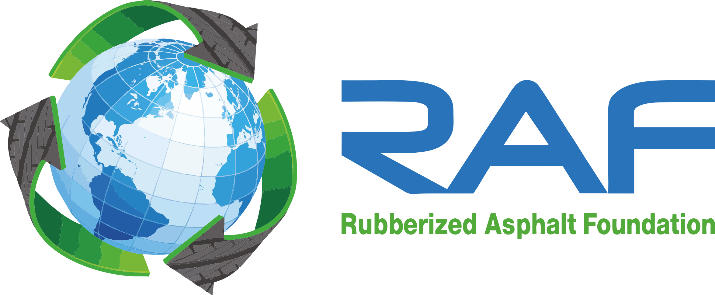The United States Intermodal Surface Transportation Efficiency Act (ISTEA) of
1991 specified that all asphalt pavement projects funded by federal agencies must use certain
percentages of waste tires. Although this mandate was later suspended from the ISTEA
legislation, it has greatly encouraged research and application of crumb-rubber modified
(CRM) asphalt in hot-mix asphalt (HMA) pavement. The Louisiana Department of
Transportation and Development began, in 1994, to evaluate various CRM applications in
which long-term pavement performance of CRM asphalt pavements were compared to control
sections built with conventional asphalt mixtures. This study presents the field performance
evaluation of various applications of CRM HMA constructed in Louisiana. Eight CRM
asphalt pavement sections were constructed using eight different CRM processes/products on
five Louisiana state highways. On each state highway, a control section was built with
conventional asphalt mixtures, which allowed comparing the field performance of pavement
sections built with CRM asphalt mixtures to conventional HMA. Comparison of field
performance was conducted through rut-depth measurement, cracking data, and international
roughness index (IRI). The pavement sections constructed with CRM asphalt mixtures
showed overall better field performance indices (rut depth, random cracks, and IRI numbers)
than corresponding control sections. Both CRM modified, wet and dry, HMA mix types are
performing equally well, if not better, than the conventional mix types evaluated.
